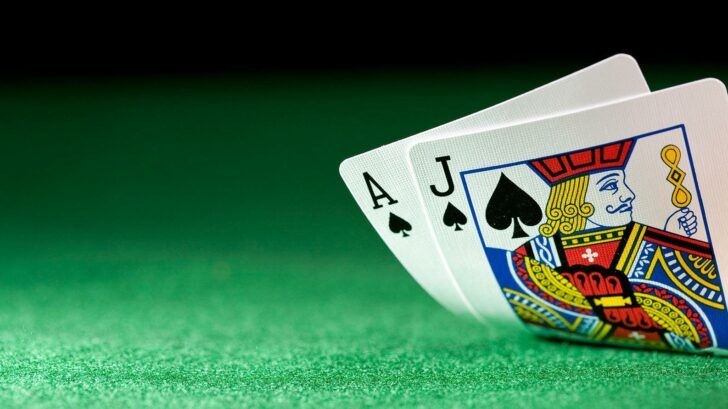3 Easy to Learn Card Counting Systems

Are you struggling to win at blackjack on a consistent basis? These simple card counting systems can provide the solution.
Basic blackjack strategy is fairly simple. Anyone armed with a strategy card and enough motivation to memorize it can effectively apply basic strategy in any situation. But more experienced players know that winning at blackjack on a consistent basis requires digging deeper.
It requires you to learn how to count cards. The ability to count means that you can predict with reasonable accuracy when a ten-value card is or isn’t going to be dealt, so you know when to bet big and when to stay put. Counting is to only way to maintain a mathematical advantage over the house, which is the reason that EVERY PROFESSIONAL BLACKJACK PLAYER ON EARTH COUNTS CARDS!
If you’re still relatively new to blackjack, the thought of learning a card counting system may be daunting. “It requires brilliant math skills and countless hours of practice,” you may be telling yourself. Check that negativity at the door, because it isn’t as difficult as you think. Here are three card counting systems tailor made for beginners:
#1: The OPP Card Counting System
The OPP is arguably the easiest system out there, and is a perfect stepping stone on your way to blackjack greatness. You only need to keep track of low cards (which make the count positive) and there is no need to convert a running count into a true count. Here’s how it works:
When the shoe begins you start with a count of +6. You should subtract one for every hand in play (including the dealer). So if there are two other players at the table besides you, subtract 4 from the count, giving yourself a +2.
Once play begins, simply add 1 for every low card dealt (2,3,4,5 or 6). There is no need to concern yourself with high cards. Simply re-subtract the number of hands from the count each time a new round begins. There you have it, you’re using a card counting system!
OPP is an unbalanced system, meaning that the count will not be zero at the end of each hand. The count tends to trend upward, meaning that you’ll need to consider the number of decks in the shoe when determining when to increase your bet.
#2: The Red Seven
Red Seven is a simpler system originally pioneered by Blackjack Hall of Fame member and best-selling author Arnold Snyder. Snyder touts his system as both accurate and easy to use:
The easy Red Seven Count gets 80% of the potential gain available from the Hi-Lo Count and other counts that are significantly more difficult to learn and use. It is the strongest professional-level card counting system ever devised for its level of simplicity and ease of use.
The Red Seven is simple in that the player isn’t required to convert the running count into a true count. Because the running count is unbalanced (adding up to +2 at the conclusion of each deck), the amount of decks in the shoe are already factored in.
This card counting system requires the player to pay special attention to each Seven dealt from the deck. Sevens are neutral in most systems—including Hi-Lo and OPP—but in Red Seven those with a red suit are given a count of +1. Low cards are also given a +1 while high cards (8-Ace) have a value of -1.
#3: Knock-Out Blackjack
“KO” has been trumpeted as the “easiest card-counting system ever devised.” While that may be an excessively bold statement, it is an effective blackjack strategy that is certainly simpler than Hi-Lo.
The only real difference between KO and other systems is that Seven is a low card instead of a neutral one, so it always receives a +1. This means that the count is unbalanced (similar to Red Seven) and each deck will conclude with a count of +4.
There is no need to convert this number into a true count. But because the count will be always be a bit higher than it would be with a balanced system, how do you know when the time is right to increase your wager?
The standard equation used is +2 times the amount of decks in the shoe. Assuming that you’re playing at a six-deck table, you should increase your wager only when the count is +12 or higher. You may need to play through a few decks to get to this number, so be patient.
Final Verdict
Each system mentioned here is both simple and effective. But which is the most effective? The OPP is the simplest of the three but is generally considered the least accurate. Arnold Snyder actually performed a comprehensive comparison of Red Seven and Knock-Out, and found the end result to be strikingly similar.
His statistical model found that in a six-deck game KO carried a player edge of .62, just a hair above the .61 for Red Seven. Considering that KO is slightly easier to use than Red Seven, one can conclude that it’s a better option.




